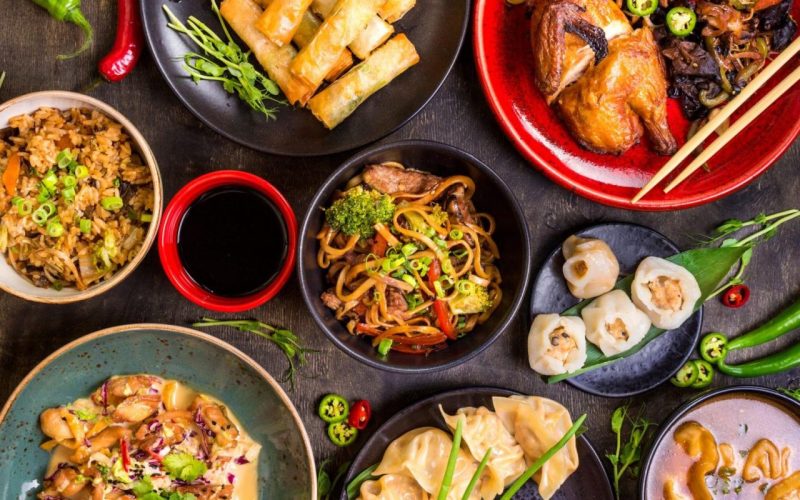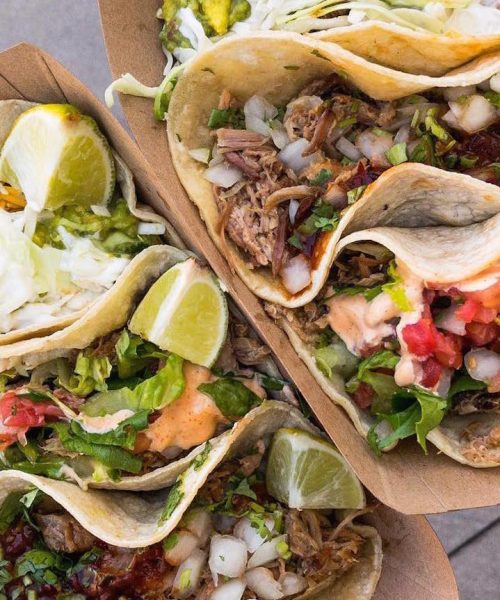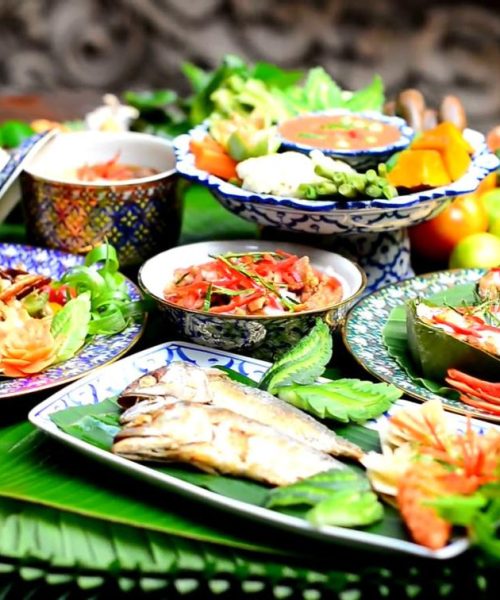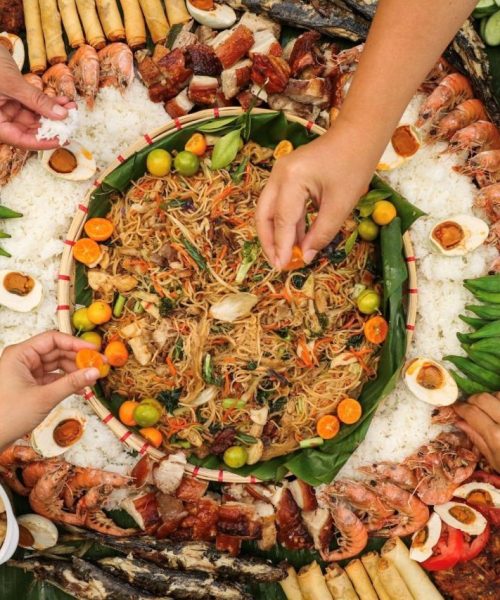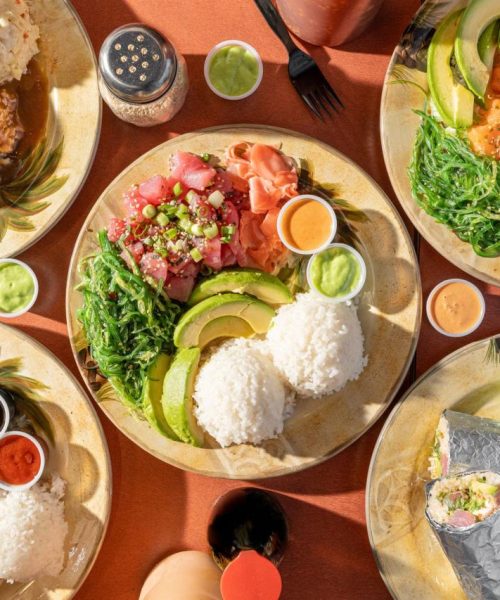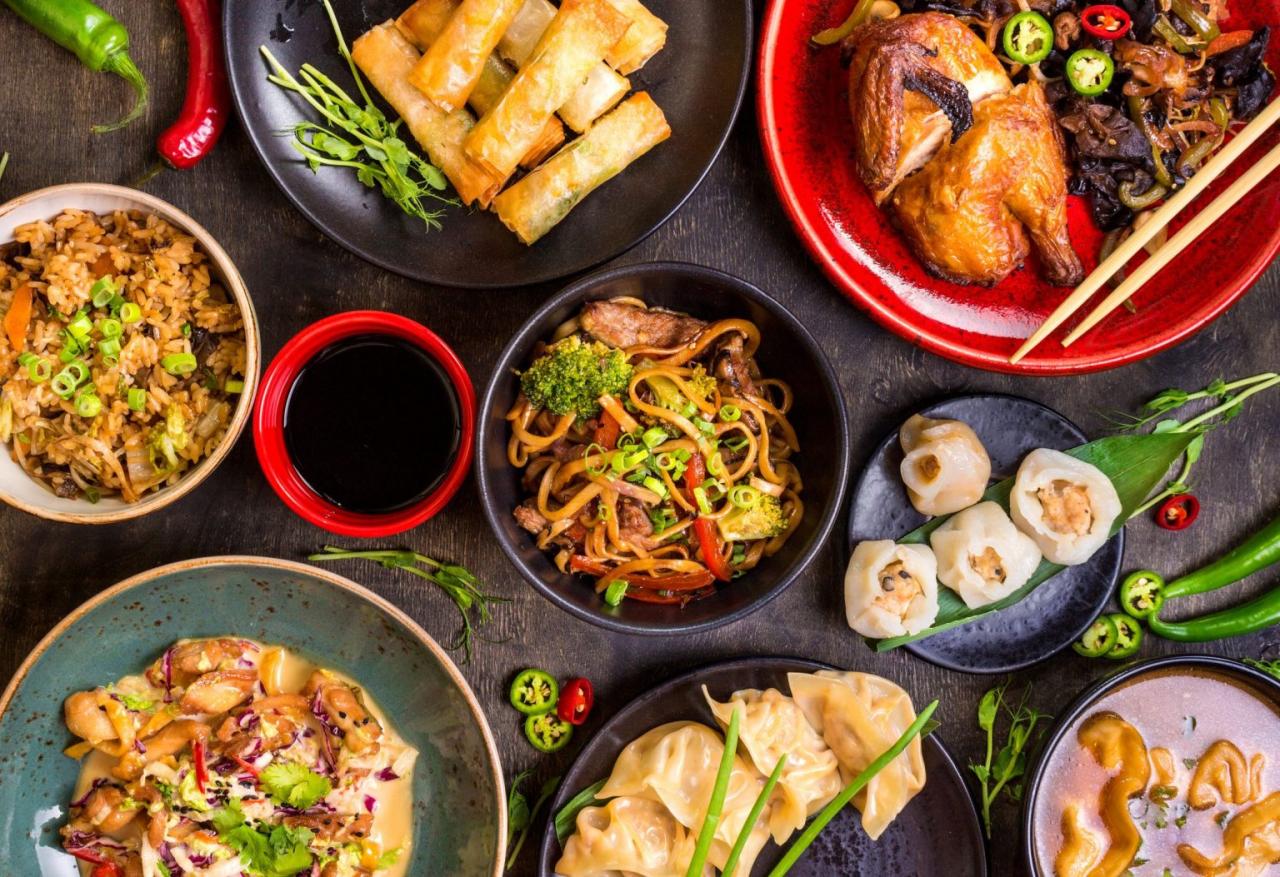
China, a vast and diverse country, boasts a culinary heritage that spans thousands of years. Chinese cuisine is celebrated worldwide for its rich flavors, unique ingredients, and regional diversity. In this article, we will take a closer look at the fascinating world of Chinese food, highlighting some of the most iconic dishes and their cultural significance.
One of the cornerstones of Chinese cuisine is the concept of balance. Traditional Chinese dishes often strive for a harmony of flavors, colors, and textures. This is best exemplified in the famous dish, Peking Duck. This delicacy from Beijing features crispy, tender duck skin served with thin pancakes, hoisin sauce, and julienned scallions. The contrast between the crispy duck skin and the soft pancakes, combined with the sweet and savory flavors of hoisin sauce, creates a delectable balance.
Sichuan cuisine, known for its bold and spicy flavors, offers dishes like Kung Pao Chicken, which is a tantalizing mix of tender chicken, peanuts, and fiery Sichuan peppercorns. The numbing sensation from Sichuan peppercorns complements the intense spiciness, making this dish a rollercoaster for the taste buds.
Dim Sum, a beloved Chinese tradition, consists of small, flavorful dishes served with tea. Dim Sum includes dumplings, buns, spring rolls, and more, often served in small bamboo baskets. These bite-sized delights are perfect for sharing and sampling a variety of tastes in one meal.
The diversity of Chinese cuisine is evident in its regional variations. For example, Cantonese cuisine, famous for its freshness and delicate flavors, offers dishes like steamed fish with ginger and scallions. This dish showcases the Cantonese preference for preserving the natural taste of ingredients, allowing the fish’s freshness to shine through.
On the other hand, the culinary landscape in the southwestern province of Yunnan takes inspiration from its ethnic diversity and unique ingredients. Here, you’ll find dishes like Crossing the Bridge Noodles, a rich and flavorful soup with fresh ingredients, and a story rooted in Chinese folklore.
Chinese cuisine is not only about flavors but also about cultural symbolism. The Chinese New Year, a major celebration in Chinese culture, is marked by symbolic foods. Dumplings, for example, are shaped like ancient Chinese money, symbolizing wealth and prosperity. Additionally, the reunion dinner on Chinese New Year’s Eve often features a whole fish, symbolizing surplus and abundance.
Chinese food is deeply connected to the principles of traditional Chinese medicine. Ingredients are chosen not only for their taste but also for their health benefits. Ginseng, for instance, is believed to boost energy and improve overall health, while various herbs and roots are used to create nourishing soups and stews.
In recent years, Chinese street food has gained global recognition. Street vendors offer a wide array of snacks, from spicy skewers of meat to jianbing, a savory crepe filled with vegetables and eggs. This fast and flavorful street food culture represents the hustle and bustle of modern Chinese life.
In conclusion, Chinese cuisine is a remarkable tapestry of flavors, textures, and cultural significance. From the delicate balance of Peking Duck to the fiery spice of Sichuan dishes, from the regional diversity to the symbolic New Year foods, Chinese food continues to captivate and delight food enthusiasts worldwide. Whether you’re savoring a gourmet meal in a high-end restaurant or indulging in street food, exploring the culinary wonders of China is an adventure that never ceases to amaze.

